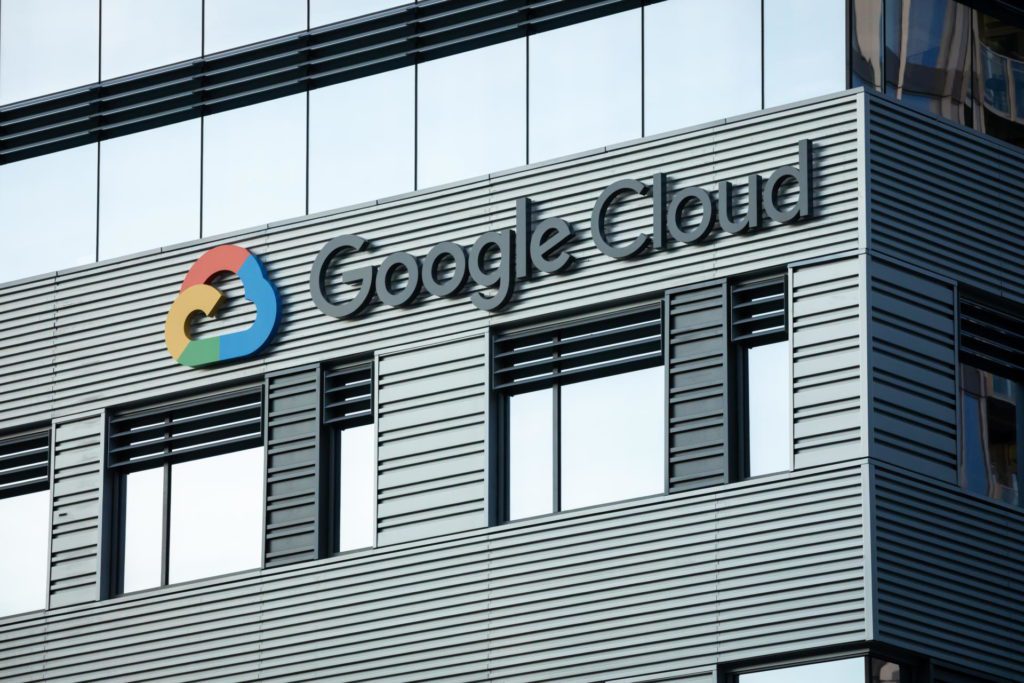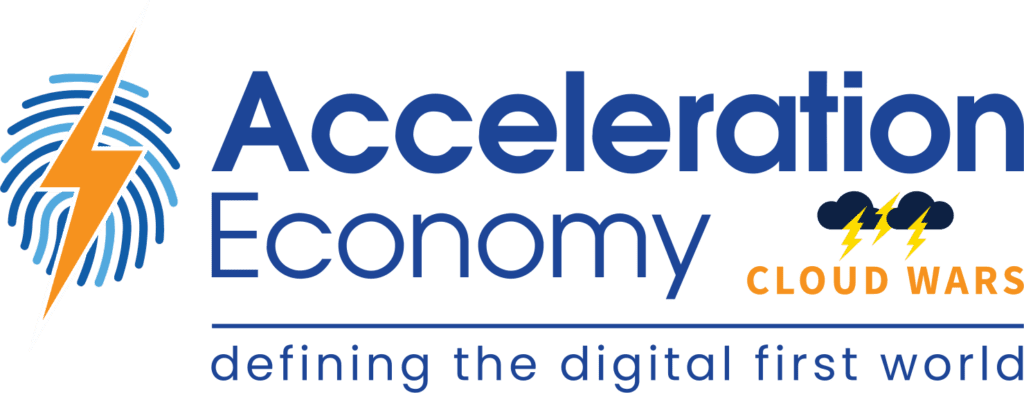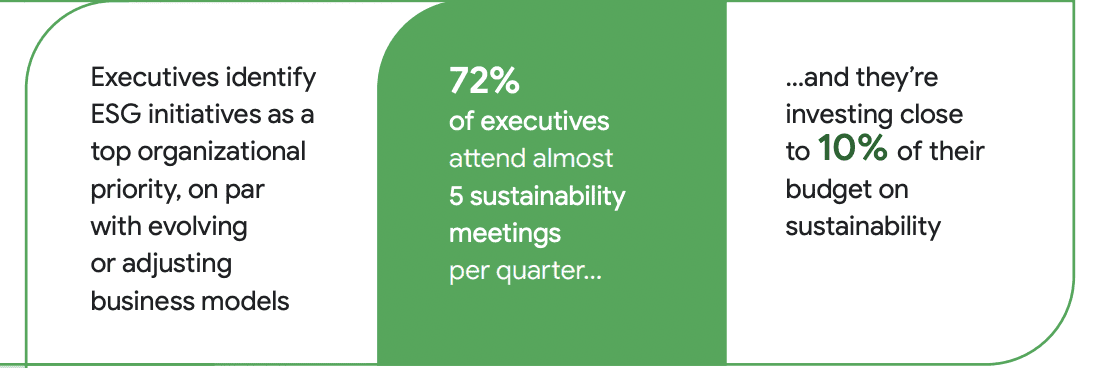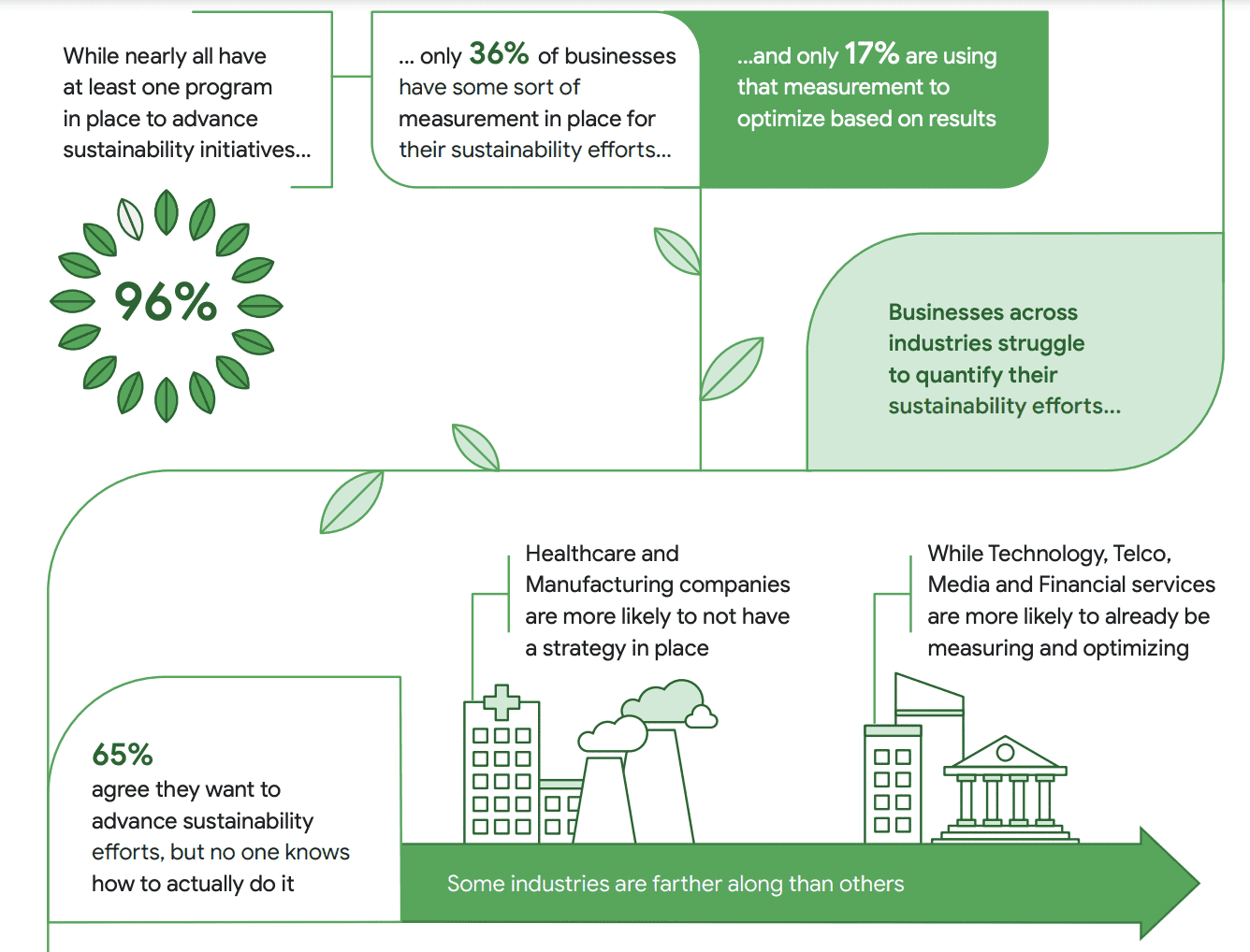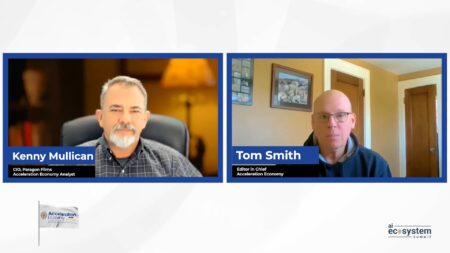While Google Cloud does not bundle its wide-ranging sustainability solutions into a “sustainability cloud” as SAP and Microsoft do, the company vigorously touts data as the ultimate breakthrough to the sustainability-plus-profitability challenge in ways that echo what those other providers are saying.
Welcome to Part 3 of our Sustainability Boom series in which we explore how leading cloud providers, like SAP, Microsoft, Google Cloud, and Salesforce, are surging into the market with wide-ranging and deeply integrated portfolios of cloud services and technologies designed to help business leaders not only reduce waste but also simultaneously drive innovation, growth, and profits.
Today we’ll take a look at what Google Cloud is offering in this dynamic category that is providing business leaders with powerful new solutions that shift the conversation away from nice-sounding but largely ineffective projects to enduring strategic initiatives that eliminate the traditional dichotomy of either sustainability or profitability—but not both.
In that context, here are 5 key attributes of the approach to sustainability being taken by Google Cloud, which as I’ve recently highlighted is the fastest-growing major cloud provider in the world.
(For more on that, please see Cloud Wars Top 10: Who’s the Hottest of Them All?.)
1. How Cloud-Powered Sustainability Can Transform Entire Industries
In a March 4 blog post, Google Cloud Managing Director of Global Sustainability, Justin Keeble wrote, “It will be imperative for companies to have better visibility into their data so that they can make more informed, impactful decisions—the underpinning of the sustainability transformation is data. Unlike earlier industrial processes, digital technology enables far greater measurement of environments, processes, and remediation. That means we can analyze more complex systems, and see impacts as they happen, in system-wide views. The larger amounts of software, even in areas like manufacturing and transport, means that systems are more flexible too, adjusting to changing conditions.”
Building on that broad premise, Keeble said that the cloud and associated technologies can have an immediate and profound impact on reducing waste and emissions because of the power, flexibility, and configurability of those technologies. And because of that scope, the process improvements and innovations can reverberate across entire organizations, rather than being siloed in a limiting fashion.
“Cloud computing focuses the sensors, analytics, and software engineering of the Digital Era in the most efficient manner possible. We can optimize existing systems, and enable large system changes that extend to everything from product life extension to energy system flexibility and smarter distribution, along with sourcing and manufacturing that is fairer to populations in many parts of the world,” writes Keeble.
2. Showcasing Its Vision in a Sustainability Summit
On June 28, Google Cloud will host a public event that goes beyond touting its various products and services and extends into the much more valuable and interesting realm of new business models and big dreams that just a few years ago would have seemed impossible. The summit will let businesspeople “Discover the latest technology moonshots, discuss new business models that a sustainable transformation will demand, find out about our product roadmap, and learn how to speed up projects to create more sustainable value.”
3. Co-Creating Solutions with Customers
At its next event late last year, Google Cloud described how its Carbon Footprint tool was built in collaboration with an extremely diverse range of customers, including Atos, Etsy, HSBC, L’Oreal, Salesforce, and Thoughtworks.
The tool gives customers visibility into emissions across projects, products, and regions. While the tool is valuable in its own right, the most-impressive facet to me is that Google Cloud worked closely with a number of customers across multiple industries to devise a solution that is centered on the requirements of those customers.
4. Shaping Its Approach Around Customer Priorities
If someone asked you how sustainability ranks relative to business-model transformation, how would you answer that? My hunch is that most people would suspect that devising new business models is at the very top of the CXO priority list, while sustainability would place somewhere in the middle of the top 10 issues.
But in a powerful bit of research whose key findings are highlighted in a very slick infographic from which the images below are taken, Google Cloud informs us that “executives identify ESG initiatives as a top organizational priority, on par with evolving or adjusting business models.”
5. Revealing the Yawning Gap Between Intention and Execution
So, if business leaders feel sustainability is as urgent a priority as business model transformation, then how tangibly is that outlook revealed in what their companies are actually doing on the sustainability front?
Again, the Google Cloud research and infographic do a great job in demonstrating that at least for now, the words of most companies are speaking more loudly than their actions: “Only 36% of businesses have some sort of measurement in place for their sustainability efforts” and “only 17% are using that measurement to optimize based on results.”
Final Thoughts
Because Google has for many years been on a quest to achieve net-zero emissions with its own massive data-center operations, the company surely has generated significant levels of hard-earned practical expertise and insights. Can it turn those lessons into cloud-based services that Google Cloud can bundle and share with customers across multiple industries and all around the globe?
I believe Google Cloud has a good chance to do just that for two reasons:
- The opportunity is so vast that the company and its parent have enormous incentives to do whatever’s necessary to make this initiative succeed; and
- Google Cloud CEO Thomas Kurian has a unique ability to fashion new sets of solutions to meet new customer requirements—witness his vision for Google Cloud to become a powerhouse in the fast-growing industry-specific solutions business.
And with intense competition coming from SAP, Microsoft, Salesforce, and others, Google Cloud has additional incentives to harness the power of its internal expertise and its vast data capabilities into solutions that customers understand, embrace, and value.
All of this means that, once again, we have more proof that the biggest winners in the Cloud Wars are the customers who reap the benefits of this extraordinary competition among some of the world’s most innovative and capable cloud companies.
Want to gain more insights from Cloud Wars Expo?
Starting on July 20th, more than 40 hours of on-demand cloud education content will be available for free to Acceleration Economy Subscribers.


